
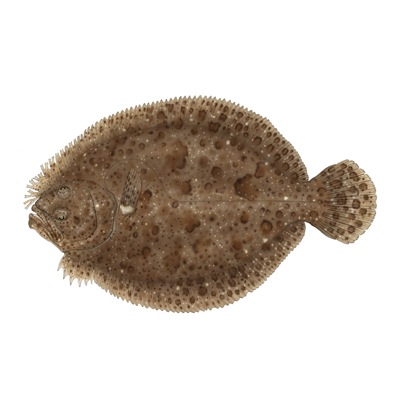
Brill is a large and meaty flat fish very similar to a turbot. It has a dark mottled appearance although the colour is variable. With small, smooth scales.
The latest ICES stock assessment shows that brill stocks continue to do well in Cornish waters. With biomass well above MSY and decreasing fishing pressure brill is becoming more sustainable. Landings have remained stable over the past two decades. They have a relatively low vulnerability to over fishing being faster growing than many other flatfish species. In Cornwall there is a minimum landing size of 30cm for Brill.
In 2021 a total of 43 tonnes of brill were landed to Cornish ports with a value of £403.5k (MMO data).
Updated July 2023
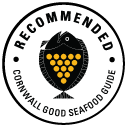
Western Channel area VII e
Demersal trawls are large nets that are pulled through the water with the bottom edge of the net touching the seabed. At each edge the net is pulled open by metal ‘trawl doors’. Sometimes referred to as Otter trawling.
Learn more
North Coast, areas VII f and g
Demersal trawls are large nets that are pulled through the water with the bottom edge of the net touching the seabed. At each edge the net is pulled open by metal ‘trawl doors’. Sometimes referred to as Otter trawling.
Learn more
Western Channel area VII e
Gill nets are lightweight nets made of nylon (monofilament) fishing line that are anchored to the seabed and are used to catch fish by entangling the gills.
Learn more
Western Channel area VII e
Beam trawls are nets attached to a steel beam that holds the net open. The belly of the net is made of chains and the upper surface of the net is mesh. Beam trawlers pull two nets along the seabed simultaneously.
Learn moreNorth Coast, areas VII f and g
Gill nets are lightweight nets made of nylon (monofilament) fishing line that are anchored to the seabed and are used to catch fish by entangling the gills.
Learn moreNorth Coast, areas VII f and g
Beam trawls are nets attached to a steel beam that holds the net open. The belly of the net is made of chains and the upper surface of the net is mesh. Beam trawlers pull two nets along the seabed simultaneously.
Learn moreCornwall Good Seafood Guide rates fish on sustainability using a scale of 1 to 5.
1, 2 and 3 are recommended, Fish to avoid are rated 5.
We use the system devised by the Marine Conservation Society (MCS) so our scores are comparable with the scores produced by MCS for the UK and fisheries from all around the world. For more information on scoring click here.
Brill is a shallow-water flatfish related to turbot. They are distributed from southern Iceland, down the coast of western Europe, and in the Mediterranean and Black Seas. Juvenile fish are typically found close inshore, usually over clean sand, gravel and mud, and can occur in estuaries. Mature fish tend to inhabit offshore areas, and are rarely observed inshore. Brill are a left-eyed flatfish (they lay on their right side so both eyes are on the left). They can grow to a maximum size of 75 cm though are more typically around 55 cm, and have an average weight of around 2.5 kg for females (which are larger than males). They are not particularly long-lived; the maximum reported age is 6 years; females become fully mature at about 4 years (around 40 cm). Small brill feed on bottom-dwelling fish and small crabs, larger individuals feed almost exclusively on fish. Brill grows relatively fast, and will generally reach a certain length faster (at younger ages) than flatfish such as sole and plaice in the same areas. Spawning occurs in spring and summer. Brill have a bilogicical vulnerability rating of 31% (Cheung et al 2005) which is moderate meaning this species is less vulnerable to fishing affecting populations than many other species.
The latest ICES report suggests that in Cornish waters, brill stocks appear to be doing well. In the Western Channel (South coast) biomass is well above MSY. There is a recent decreasing trend in biomass since 2015, however this appears to have made a slight upturn in the most recent stock assessment. There is no concern for fishing pressure, which is below MSY and continues on an already decreasing trend.. Landings to Cornish ports have remained steady for the past 20 years at around 50 tonnes per year (MMO landings data). Although a valuable species the quantities landed mean that this is of limited commercial importance. A slight downturn in landings was recorded in 2020 due to reduced fishing during covid lockdown.
Catches of Brill are not currently capped by a quota system. Cornwall Inshore Fisheries and Conservation Authority have set a minimum landing size in Cornwall for brill of 30cm. There is no EU minimum landing size. Current levels of management is thought to be sufficient.
Brill is caught in Cornish waters by beam trawlers and demersal trawlers, and gill netters. All of these methods have some issues with environmental impact in different ways. Accidental by catch of cetaceans, seabirds and sharks and rays in gill netting reduces the rating for this capture method.
ICES advice Brill in Western Channel (7.e) 2023
MMO landings data
CIFCA by laws
Cheung, W.W.L., T.J. Pitcher and D. Pauly, 2005. A fuzzy logic expert system to estimate intrinsic extinction vulnerabilities of marine fishes to fishing. Biol. Conserv. 124:97-111
Seafish Responsible sourceing guides, Brill 2004
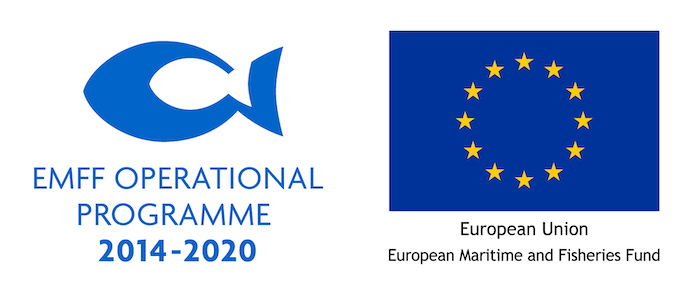
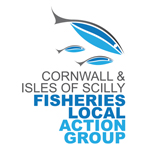
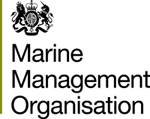



Cornwall Good Seafood Guide is underpinned by the Marine Conservation Society (MCS) Good Fish Guide. The first UK consumer guide to sustainable seafood. For more information visit www.fishonline.org
Cornwall Good Seafood Guide is here to help us all make sustainable seafood choices. Choices that will help us keep the oceans healthy and Cornish fishers' futures safe. This website is funded by Cornwall Wildlife Trust. If you would like to make a meaningful difference to the health of our oceans, please consider making a donation to the Cornwall Wildlife Trust Ocean Emergency fund. Your donation will help safeguard these remarkable environments, ensuring that they continue to thrive for generations to come. Together, we can be stewards of the seas and champions for a healthier, more sustainable future.